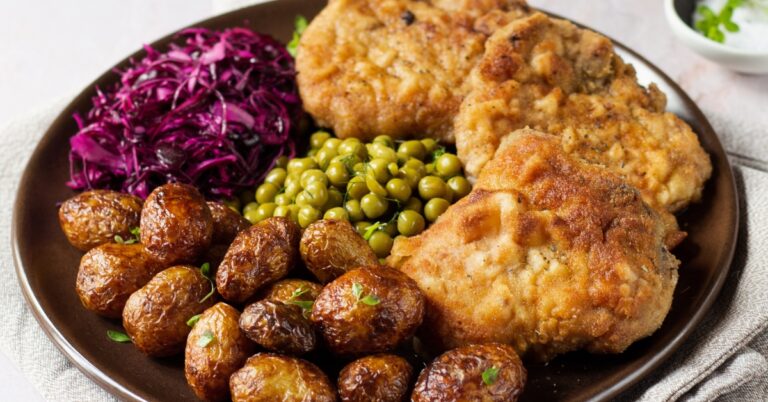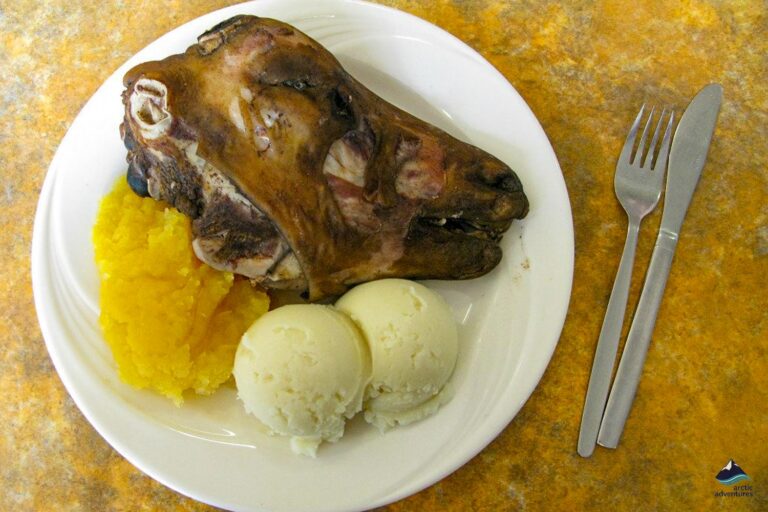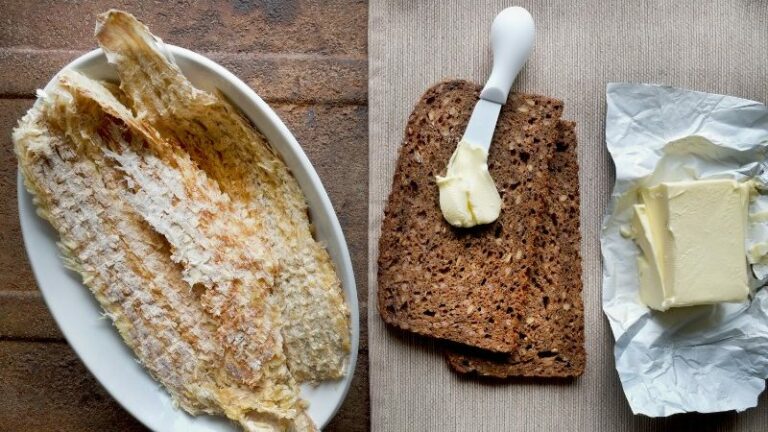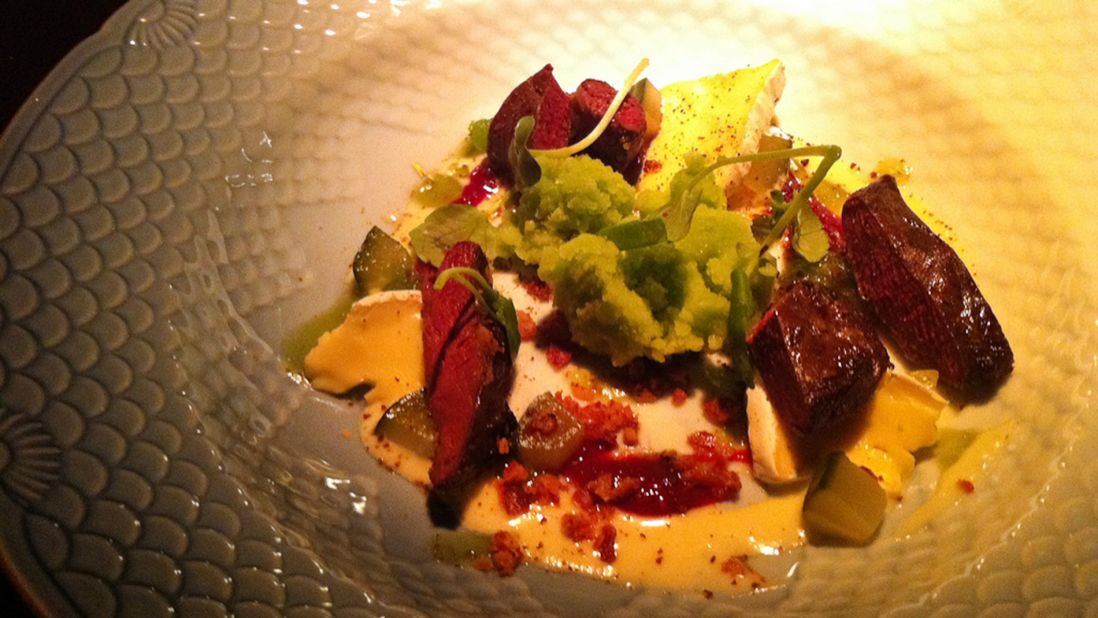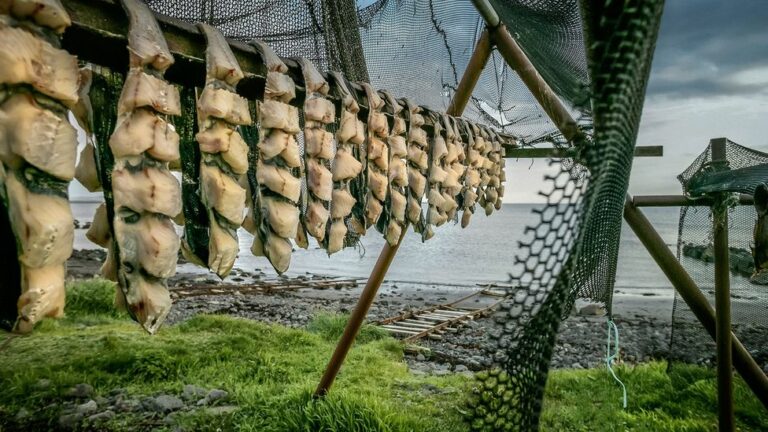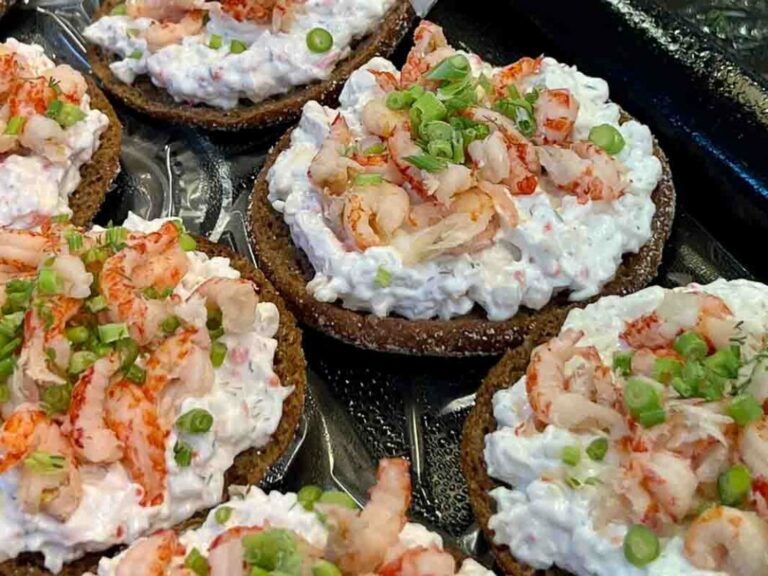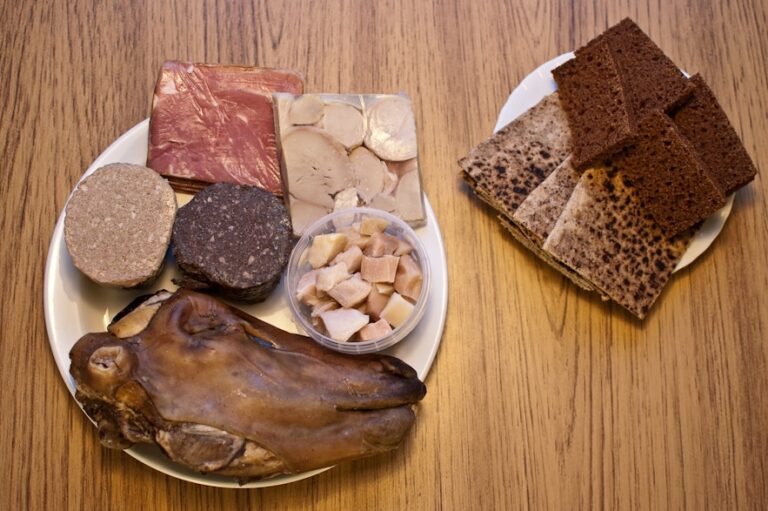Introduction to Icelandic cuisine
Icelandic cuisine is strongly influenced by its geography and harsh climate. Living on a remote island with volcanic activity and long winters has shaped the country’s culinary traditions and ingredients. Icelandic cuisine is known for its emphasis on fresh and local ingredients, including seafood, lamb, and dairy products. The unique and often unexpected flavors of Icelandic cuisine make it a must-try for any food lover.
Traditional Icelandic dishes
Some of the most popular traditional Icelandic dishes include fermented shark, lamb soup, and smoked lamb. Fermented shark, also known as hákarl, is a dish made from the Greenland shark that has been cured and hung out to dry for months. It has a pungent smell and a strong, ammonia-like flavor that is not for the faint of heart. Lamb soup, on the other hand, is a comforting and hearty dish made with lamb, potatoes, carrots, and onions. It is a staple dish in Icelandic homes, especially during the colder months. Smoked lamb is another traditional Icelandic dish that is often served with potatoes, turnips, and a creamy sauce.
The importance of seafood
Given Iceland’s location in the North Atlantic, seafood plays a crucial role in Icelandic cuisine. Fish such as cod, haddock, and salmon are commonly eaten, either smoked, cured, or grilled. One of the most popular Icelandic dishes is the traditional fish stew called plokkfiskur, made with cod, potatoes, and onions in a creamy white sauce. Another favorite is harðfiskur, which is dried fish that is often eaten as a snack.
Unique ingredients in Icelandic cuisine
Icelandic cuisine also features unique and unexpected ingredients such as seaweed, moss, and wild berries. Seaweed is often used in soups or as a garnish, while moss is used as a natural thickener in some dishes. The wild berries found in Iceland, such as bilberries and crowberries, are used in desserts, jams, and sauces.
Modern twists on traditional dishes
In recent years, Icelandic chefs have been putting a modern twist on traditional dishes. For example, the classic Icelandic hot dog has been elevated with gourmet toppings like crispy onions, mustard, and remoulade sauce. Additionally, chefs are incorporating more international flavors and techniques into their cooking, creating innovative and exciting dishes.
Where to try Icelandic cuisine
There are many places to try Icelandic cuisine, from small local restaurants to high-end gourmet establishments. In Reykjavik, the capital city, there are several restaurants that specialize in traditional Icelandic cuisine, such as Fiskfelagid and Matur og Drykkur. For a more casual experience, visitors can try the famous Icelandic hot dog at Bæjarins Beztu Pylsur or sample local seafood at Reykjavik Fish Restaurant. In addition, many hotels and guesthouses offer traditional Icelandic breakfasts with local meats, cheeses, and homemade bread.

